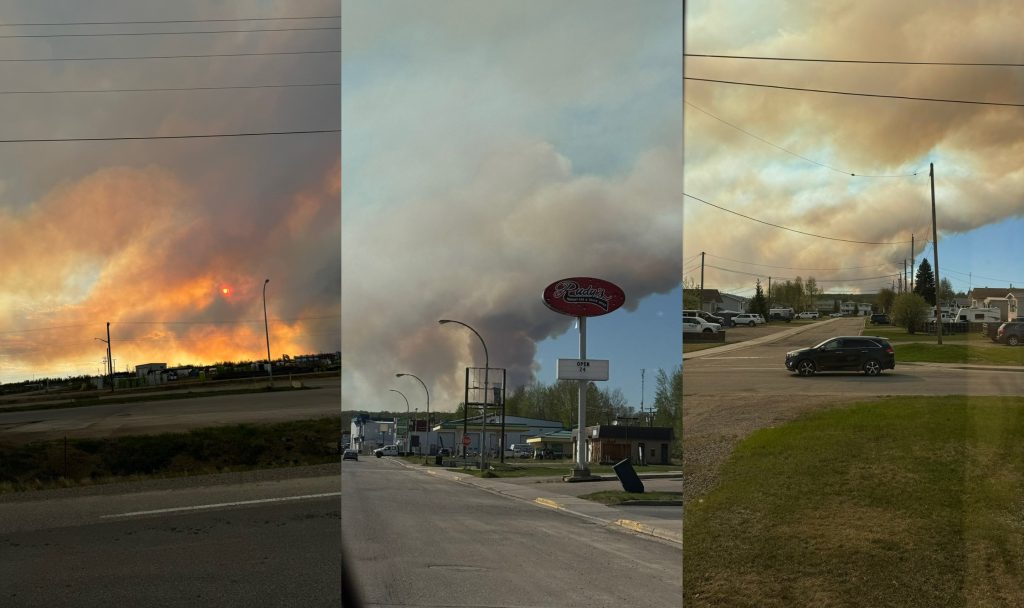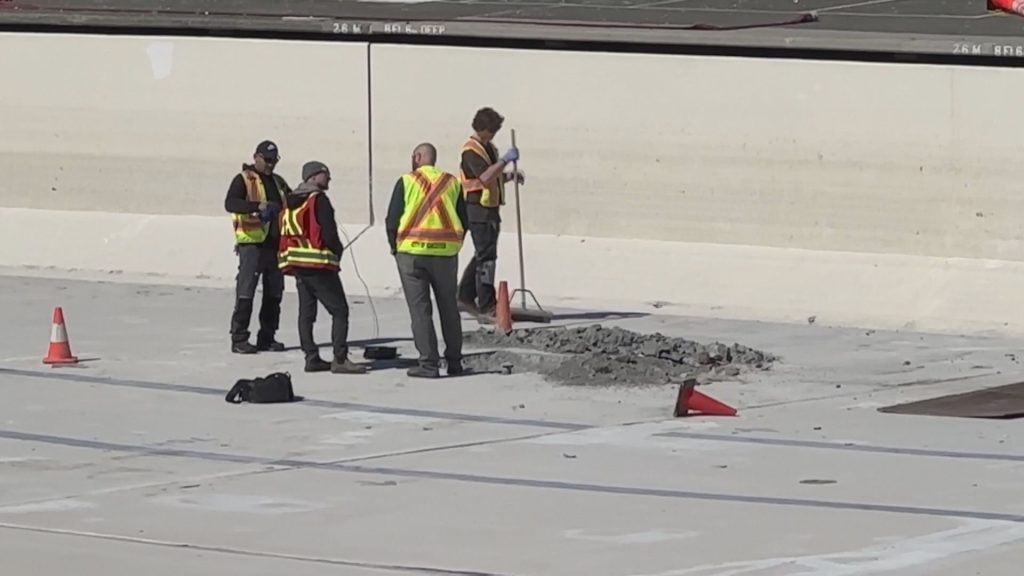Metro Vancouver takes 2nd spot for worst metro traffic in North America: TomTom
Posted February 22, 2023 11:43 am.
Last Updated February 22, 2023 10:15 pm.
Metro Vancouver is making a name for itself on the world stage once again, this time, for not such illustrious reasons. The area has been named the second worst metro area for traffic in North America.
Vancouver has also taken the fourth spot in having the worst traffic in North America.
The TomTom Traffic Index, released Wednesday, shared its rankings for 2022, and lists locations on how long it takes to travel 10 km within city limits.
The index found Vancouverites average about 22 minutes and 30 seconds to travel the distance.
CityNews 1130 Morning Show Traffic Anchor Ryan Lidemark says he’s noticed traffic has gotten worse in Metro Vancouver since the COVID-19 pandemic.
Related Articles:
-
Richmond truck crash on Highway 99 leaves 1 dead
-
4 car crash west of Port Mann Bridge in Coquitlam clear
-
Pedestrian struck by vehicle: Vancouver police
“I would say in the last 10, 11 months, traffic is back to their pre-COVID [levels] or even worse,” he said.
The index says the average driver in Vancouver spends almost 200 hours a year in rush-hour traffic. Drivers in Mexico City were found to have the worst driving times in North America, followed by New York and Toronto.
When compared to metro areas, Metro Vancouver ranked second in North America, just behind Mexico City, with Halifax in third.
Lidemark notes that the high housing and real estate costs mean many have to live farther out and commute into business centres.
“Many people have moved during the pandemic, and also with the cost of living the Lower Mainland people are going farther and farther,” he said. “Now you see people from deep in the valley, people commuting from Chilliwack, into Vancouver, people from Abbotsford. So, it definitely makes a difference, especially going towards the Port Mann Bridge.”
However, Lidemark thinks Highway 1 has always been bad for traffic.
“It was designed just for people going out of town or going deep in the valley, it wasn’t designed for commuting like is done now,” he said. “They weren’t planning on that many people living out that way. And now, you have a flow, and they’re expanding the highway from 264th towards the Port Mann Bridge but that’s still going to be about another seven or eight years.”
UBC traffic engineering professor Alex Bigazzi cautions against using traffic indices as an indicator of transportation system performance. He says in compact and dense regions like Metro Vancouver, people tend to make slower and shorter drives compared to people in sprawled out areas.
“When we actually look at the total amount of time spent driving in each city, we find that people spend less time driving in a compact, dense city, so yes, they’re driving more slowly, but ultimately they spend less time driving to reach their destinations, which is the whole point of the transportation system, to enable people to access their destinations,” said Bigazzi
He adds places that have recovered most quickly from COVID were more likely to have a higher traffic index in 2022.
“Congestion is a sign of a thriving economy, an active, vibrant, city. Yes, it can be frustrating but it’s also a part of urban life without road pricing.”
The index also found Vancouverites are now spending 50 more seconds in traffic to travel 10 km than they were back in 2021.
The index looked at 389 cities across 56 countries around the world, however, did not take into account housing or population density, and access to public transit.










